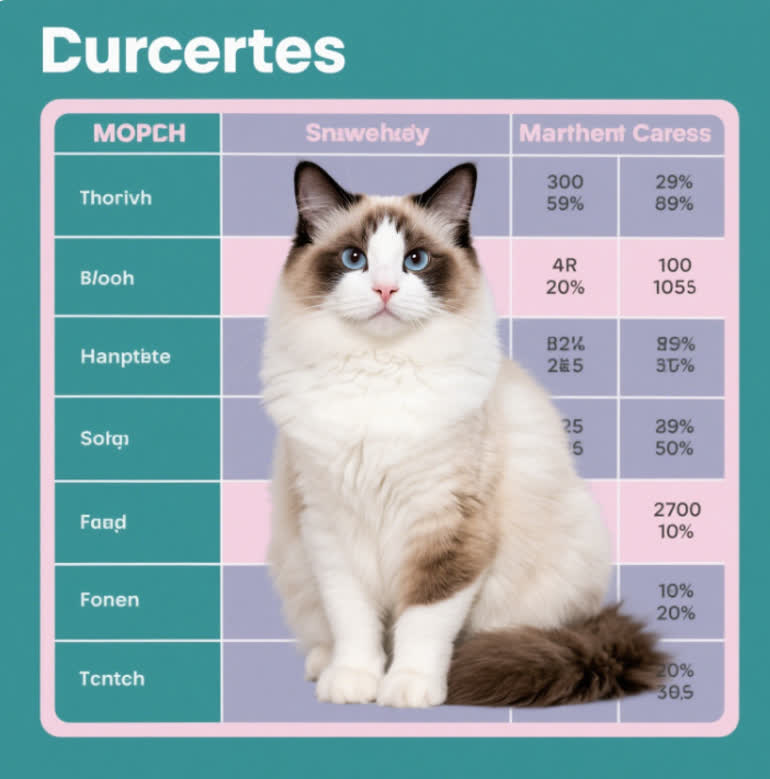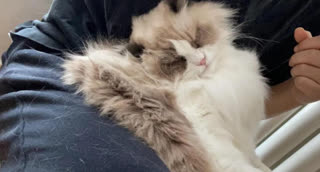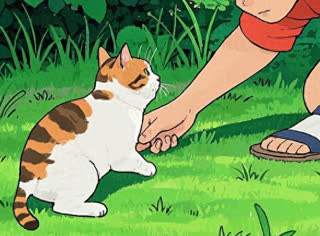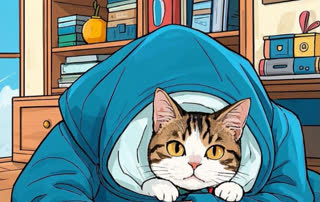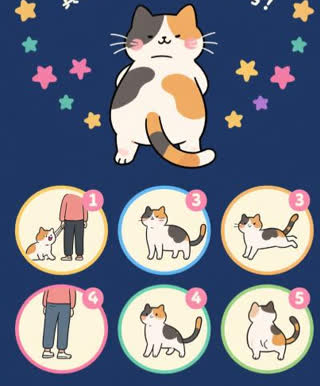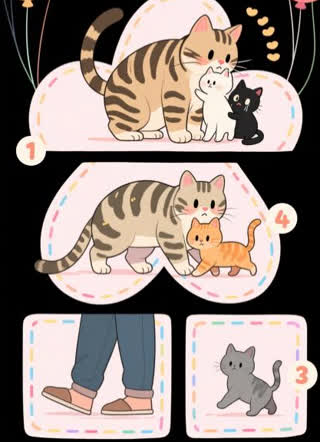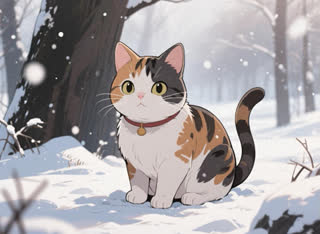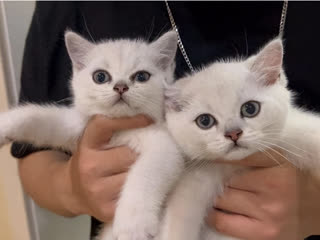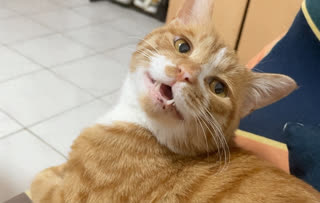The
Snowshoe cat breed, celebrated for its striking blue eyes and distinctive white "snowshoe" paws, requires dedicated monthly maintenance to thrive. If you’re considering welcoming this affectionate and intelligent feline into your home, understanding the
snowshoe cat breed monthly maintenance cost is crucial for financial planning and ensuring your pet’s well-being. This comprehensive guide breaks down the key expenses, expert care tips, and budget-friendly strategies to help you provide optimal care without compromising your finances.
Before delving into costs, it’s essential to grasp the Snowshoe’s unique needs. Bred from Siamese and American Shorthair cats, Snowshoes are sociable, vocal, and highly active. Their short, plush coats require minimal grooming, but their playful nature demands mental and physical stimulation. These traits influence monthly expenses, from food and toys to veterinary care.
A balanced diet is foundational to your Snowshoe’s health. High-quality commercial cat food, rich in animal protein, is ideal. Dry food typically costs $20–$40/month, while wet food adds $15–$30/month . For budget-conscious owners, combining dry and wet food or choosing store brands like Purina Pro Plan or Blue Buffalo can reduce costs without sacrificing quality. Avoid fillers like corn or wheat, as they may trigger allergies .
Regular vet visits are non-negotiable. Annual checkups cost $50–$100, while vaccinations (e.g., rabies, FVRCP) add $30–$60 . Preventive care, such as flea and tick treatments ($15–$30/month) and heartworm medication ($20–$40/month), is critical. Snowshoes are prone to dental issues, so dental cleanings ($150–$450 annually) and daily brushing with pet-safe toothpaste are recommended .
Snowshoes have short, low-shedding coats, requiring weekly brushing with a rubber brush ($10–$20) to minimize loose hair . Nail trims ($5–$10/month) prevent scratching, while ear cleaning ($5–$10/month) avoids infections. Professional grooming is rarely needed, saving $50–$100 annually compared to high-maintenance breeds .
Toys like interactive puzzles ($15–$30) and cat trees ($50–$100) keep Snowshoes mentally stimulated. Rotate toys to prevent boredom, and DIY options like cardboard boxes or paper balls offer cost-effective alternatives. Catnip and scratching posts ($10–$20) also satisfy natural instincts .
Litter costs $10–$20/month depending on type (clay, silica, or biodegradable). A self-cleaning litter box ($100–$200 upfront) reduces long-term expenses. Cat carriers ($25–$60) and bedding ($20–$50) are one-time purchases, but replacement bedding may be needed annually .
Bulk Purchasing: Buy food and litter in bulk from retailers like Chewy or Amazon to save 10–20% .
Homemade Toys: Create DIY toys using household items to cut down on costs.
Pet Insurance: Plans like Lemonade or Pumpkin ($16–$35/month) cover unexpected vet bills, reducing financial stress .
Adoption Discounts: Shelters often offer discounted adoption fees, including spaying/neutering and vaccinations .
Health Issues: Snowshoes may develop hypertrophic cardiomyopathy (HCM) or dental disease. Early detection through annual screenings ($100–$200) can mitigate treatment costs .
Lifespan: With a lifespan of 14–20 years, budget for senior care, including specialized diets and arthritis medication .
Seasonal Adjustments: During shedding seasons (spring and fall), increase brushing frequency to avoid hairballs .
While Snowshoes are generally healthy and low-maintenance, their monthly costs compare favorably to breeds like Persians (high grooming) or Sphynxes (specialized skincare). For example, a Persian’s grooming costs can exceed $100/month, whereas Snowshoes require minimal upkeep .
Owning a Snowshoe cat is a rewarding experience, but understanding the snowshoe cat breed monthly maintenance cost is vital for responsible pet ownership. By budgeting for food, vet care, grooming, and enrichment, you can ensure your feline companion thrives without financial strain. Prioritize quality care, explore cost-saving strategies, and enjoy the love and companionship of this extraordinary breed.
